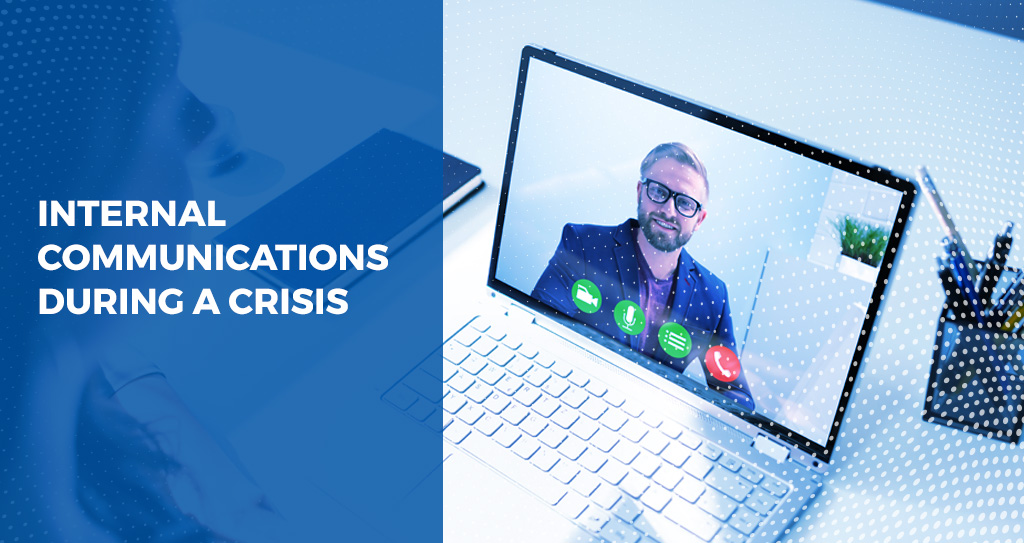Your employees are your greatest assets. They are the backbone of your company and are the primary representatives of your brand to the outside world. With much of the world working remotely and changes happening at an unprecedented pace, company owners, executives and managers are faced with the challenge of how to keep their team members informed.
At times of crisis, clear, concise and consistent communication with – and between – your staff is key! If you’re making an external announcement, it is imperative that you reach out to employees first.
Studies show that 74% of employees have the feeling they are missing out on company news under normal circumstances (source), which makes it even more important to regularly connect with your employees. Poor communication leads to confusion, rumors and a feeling of uncertainty, which can disrupt work efficiency and morale, while solid communication establishes trust and confidence.

So how do we connect with our employees during a time where changes are happening multiple times per day? Here are four different means of communication (outside of traditional email) that can be used to communicate with your employees:
1 – Intranet or Password-Protected Web Page or Blog
Create a new intranet page dedicated to the crisis situation or explore a simple password-protected web page or microsite where employees can read updates, submit questions and find relevant resources. Provide status updates at regular intervals and make sure you are clear and concise. There are free website builders like Weebly, Wix and Squarespace that can be used to build a quick internal communication website.
2 – Social Media Group Page
Many social media platforms offer the ability to create private groups. Facebook and LinkedIn are a couple examples of platforms that provide the ability to create member-only groups. Set one up, establish an administrator and provide content and updates regularly. Take and answer questions and provide links to relevant articles.
3 – SMS Alerts
For those who do not have consistent internet access or connection, there are SMS software programs like SlickText, SimpleTexting, and Textedly that allow for SMS opt-in and distribution of messages via text. This also provides a way for employees to text in their questions.
4 – Dedicated Email
Determining who to contact for questions can also cause some distress for employees. Create a dedicated email address for inquiries for each specific situation. Here, employees can ask questions or share their concerns. Make sure it’s monitored and that you respond to questions quickly, or direct the person to where they can find specific answers.

Once you have selected your channel(s) — how you communicate also is very important.
Ensure that you have set a clear strategy and establish foundational communications elements for outreach to your employees. These include:
1 – Provide a Place for Questions
This can be in a form of a chatroom, comments section, etc. This will give employees a sense of community and help limit the number of emails and phone calls if the questions have been asked and answered by a fellow team member. For larger organizations, programs like Yammer could be used.
2 – Create FAQs
Establish the baseline questions and answers, then put out a call for more. Provide clear answers and relevant links to avoid confusion. Update it regularly.
3 – Use Video
Make technology work for you. Rather than spending time drafting an email that might not be read, create a video. Video will make it feel more personal and engaging and, especially for those working remotely, enable a baseline of human contact. Furthermore, studies have shown that employees are 75% more likely to watch a video than read text.
4 – Host a Webcast
Providing a live webcast for your employees will provide the same benefits as a video, but can also allow for live a Q&A session.
Speed and accuracy are essential for successful communications in crisis situations. The executive, legal, HR and communications teams need to work quickly, efficiently and be as flexible as possible to ensure their people are being properly informed. Taking these types of actions will show a commitment to the needs of your employees, show them their value and help sustain – or enhance – your company’s culture.
